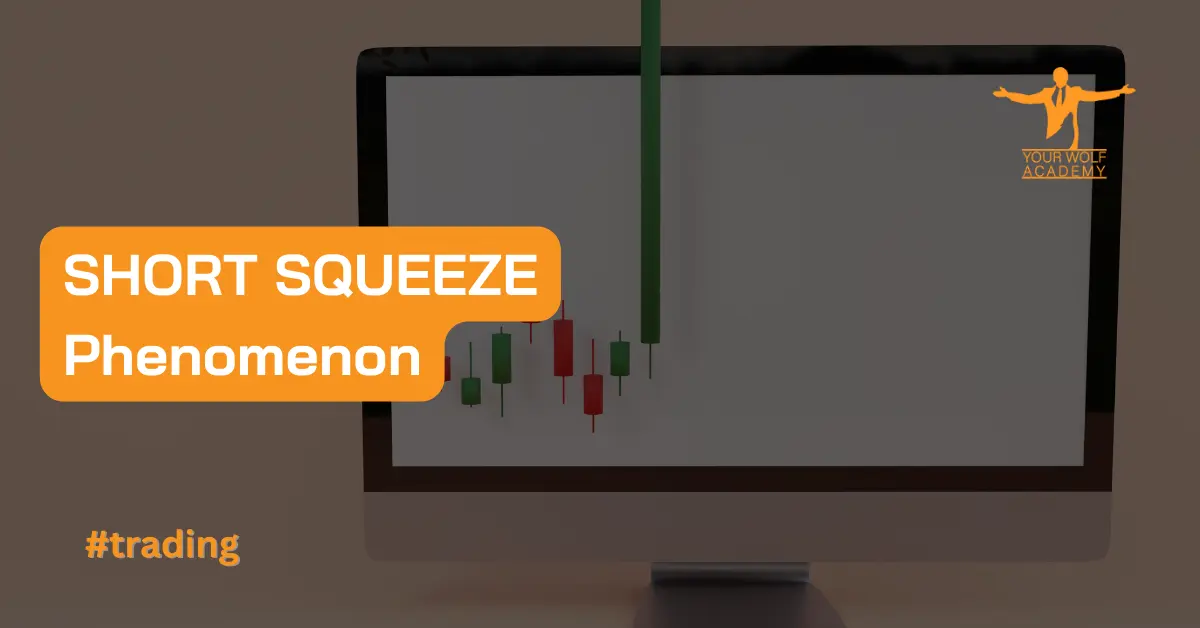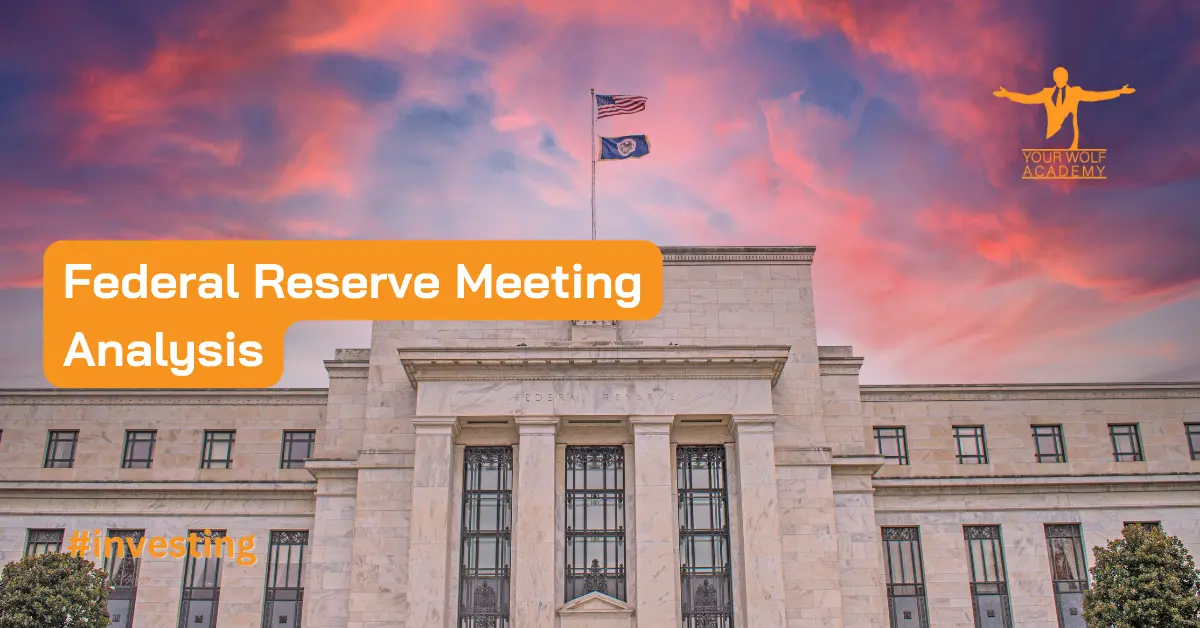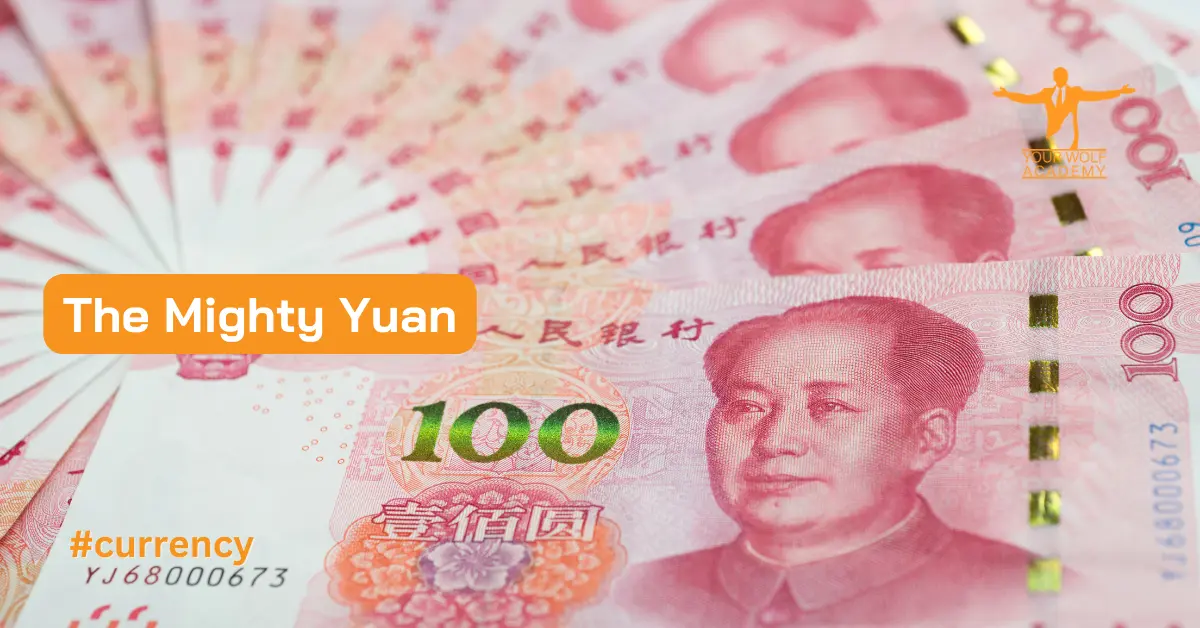In the world of finance, a short squeeze is an intriguing phenomenon that can have significant implications for both individual investors and the overall market. It occurs when a heavily shorted stock experiences a rapid price increase, forcing short sellers to cover their positions by buying shares at higher prices.
This article aims to provide a comprehensive understanding of short squeezes, their mechanics, influencing factors, historical examples, and the role of social media and retail investors. Furthermore, we will discuss the risks involved, regulatory measures, and the future outlook for short squeezes.
What is a Short Sale?
To comprehend a short squeeze, it’s crucial to grasp the concept of a short sale. A short sale involves borrowing shares of a stock from a broker and selling them on the market with the expectation that their price will decline.
If the price does drop, the short seller can repurchase the shares at a lower price, return them to the broker, and profit from the difference. Short selling is a common practice used by investors to speculate on a stock’s decline or hedge against other investments.
The Mechanics of a Short Squeeze
A short squeeze arises when the price of a heavily shorted stock starts to rise rapidly. As the stock price surges, short sellers find themselves facing mounting losses. To limit their losses and prevent further damage, they are compelled to buy back the borrowed shares.
However, their buying activity, combined with increased demand from other market participants, drives the stock price even higher. This creates a feedback loop, intensifying the upward pressure and squeezing short sellers out of their positions.
Key Factors Influencing a Short Squeeze
Several factors can contribute to the occurrence of a short squeeze. Firstly, a high short interest ratio, which represents the percentage of shares held short compared to the total float, is a prerequisite. The higher the short interest ratio, the greater the potential for a short squeeze.
Additionally, positive news, strong earnings reports, or favorable market conditions can trigger a surge in buying activity, catching short sellers off guard.
Historical Examples of Short Squeezes
Over the years, numerous notable short squeezes have captivated the financial world. One of the most famous examples is the short squeeze on GameStop (GME) in early 2021. Retail investors, organized on social media platforms such as Reddit, coordinated their efforts to drive up the price of the heavily shorted stock.
The GameStop short squeeze highlighted the power of collective action and the impact of retail investors in the digital age.

The Impact of Social Media and Retail Investors
The rise of social media platforms has democratized access to financial information and facilitated the organization of retail investors on an unprecedented scale. Online communities and forums provide a space for retail investors to share ideas, discuss investment strategies, and identify potential short squeeze targets.
The collective power of these retail investors, when mobilized, can disrupt traditional market dynamics and challenge institutional investors.
Risks and Challenges of Short Squeezes
While short squeezes can generate substantial profits for those on the long side, they also entail risks and challenges. For short sellers, the potential losses can be significant, as they are exposed to unlimited downside risk.
Moreover, the volatility associated with short squeezes can create price distortions and market instability, impacting both individual investors and the broader financial system.
Regulators face the challenge of maintaining market integrity while preserving the free flow of information and market participation.
Regulatory Measures and Responses
In response to the surge in short squeezes and the involvement of retail investors, regulators have begun scrutinizing market practices and exploring potential reforms. Increased transparency requirements, improved risk management systems, and enhanced investor protection measures are being considered to address the evolving landscape of short squeezes. Striking the right balance between innovation and regulation remains a key challenge for regulatory bodies.
The Future of Short Squeezes
As financial markets continue to evolve, the future of short squeezes is likely to be influenced by technological advancements, regulatory developments, and changing investor behavior. The increasing prominence of retail investors and the impact of social media suggest that short squeezes will remain a topic of interest and potential market disruption.
Investors and regulators alike will need to adapt to this changing landscape and develop strategies to navigate the complexities associated with short squeezes.
Conclusion
Short squeezes represent a captivating phenomenon in the world of finance, characterized by the rapid price increase of heavily shorted stocks. Understanding the mechanics, factors influencing their occurrence, and the role of social media and retail investors is crucial for market participants.
While short squeezes can generate substantial profits, they also pose risks and challenges, necessitating careful consideration and regulatory scrutiny. The future of short squeezes remains uncertain but will undoubtedly be shaped by ongoing technological advancements, regulatory responses, and the actions of market participants.
FAQ
Q1. Are short squeezes illegal? Short squeezes themselves are not illegal. However, certain market manipulations or abusive practices employed during a short squeeze may violate securities laws and regulations.
Q2. Can individual investors participate in short squeezes? Yes, individual investors can participate in short squeezes. However, it is essential to conduct thorough research, manage risks, and be aware of potential regulatory implications.
Q3. Can short squeezes lead to market crashes? While short squeezes can create market volatility, they are unlikely to single-handedly cause a market crash. Multiple factors and underlying market conditions contribute to broader market movements.
Q4. How can regulators address the risks associated with short squeezes? Regulators are exploring various measures, including enhanced transparency, improved risk management systems, and investor protection measures, to address the risks associated with short squeezes.
Q5. Are short squeezes a form of market manipulation? Short squeezes, on their own, are not considered market manipulation. However, manipulative practices can be employed during a short squeeze, which would violate securities laws.


